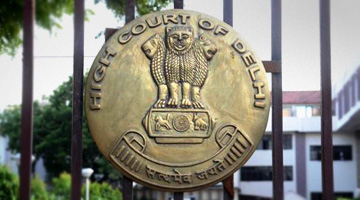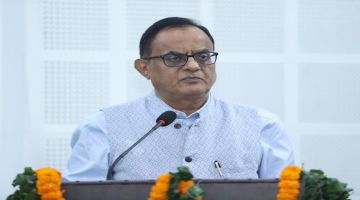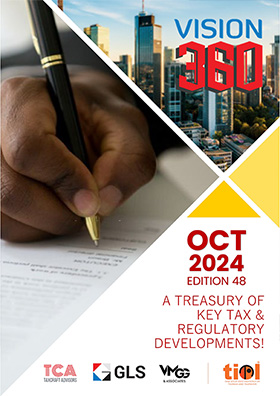I-T - When ITO, Investigation, is not authorised u/s 131(1A), reports issued by him on basis of Tax Evasion Petitions of previous years, cannot form reasons for reopening: Delhi HC
By TIOL News Service
NEW DELHI, SEPT 11, 2017: THE issue before the Bench is - Whether Tax Evasion Petitions for previous A.Ys can form basis for reopening an assessment, if petitions had resulted in adding back of minimal percentage of disallowed expenses. NO is the verdict.
Facts of the case:
The Assessee company is engaged in the consultancy business and looking after 'product promotion and sales services' of products being marketed by Seagram India Limited, presently known as Pernod Ricard India Limited (PRIL). The Assessee filed its return declaring income of Rs. 13,59,848/ and the same was processed u/s 143(1). In the meanwhile, a Tax Evasion Petition had been received by the investigation wing to the effect that Assessee had collected money from its Principal (PRIL) and thereafter issued account payee cheques in the name of various sub-contractors (allegedly bogus entities). Cash was withdrawn from the said accounts by self-cheques and distributed in the Defence canteens as bribes. On the basis of the said TEP, the assessment of the Assessee for the AY 2007-08 was reopened by an order passed by the CIT u/s 263. It was further noted that for the AY 2008-09, proceedings u/s 147 were in progress. Even for the AY in question i.e. the AY 2009-10, a perusal of the P&L A/c showed that the Assessee was claiming an expense of Rs.2,41,79,349/- on account of 'contractor's charges', which was in fact the bribe amount distributed by it. The AO therefore concluded that he had reason to believe that the contractor's charges shown in the Assessee's P&L Account were bogus and the Assessee had wilfully and knowingly concealed its particulars of income to avoid tax and that income of Rs.2,41,79,349/- chargeable to tax had escaped assessment for AY 2009-10.
On appeal, the HC held that,
++ it requires to be noted that the settled legal position is that when a challenge is laid to the reopening of assessment u/s 147, the Court has to examine only the reasons recorded by the AO and nothing else. In the present case, the fact that the assessment order passed after the reopening of the assessment for AY 2008-09 may have found the entities to whom the Assessee issued cheques to be fictitious cannot be looked into for the simple reason that it was an order passed 21 days after the reasons in the present case were recorded for re-opening of the assessment for AY 2009-10. In any event, this will not answer one of the principal grounds urged by Assessee's counsel that the tangible material that is required to be shown for justifying the re-opening of assessment has to be relevant to the AY in question, i.e. AY 2009-10. There is no answer by the Revenue to the Assessee's contention that the TEP pertained only to two FYs and therefore only corresponded to two AYs, i.e. AY 2007-08 and 2008-09. Further, it is not disputed that the original assessment order for AY 2007-08 was re-opened by the CIT (A) u/s 263 and only 7% of the 'contractor's expenses' was disallowed and added back. Therefore, even for AY 2007-08, the TEP did not result in adding back the entire amount;
++ it is not understood how despite being aware of the above orders pertaining to AY 2007-08, the AO in his reasons for reopening, did not refer to them while recording his reasons. Clearly this was an instance of non-application of mind by the AO to the relevant material. Since the AO failed to justify his reasons to believe that income has escaped assessment for AY 2009-10 on the basis of the TEP pertaining to AY 2007-08, it was all the more important for the AO to refer to all the subsequent developments in relation to reopening of the assessment for AY 2007-08. As already pointed, the Revenue has no answer to the submission that the entire exercise undertaken by the ITO (Inv.) was without jurisdiction. Which is why in the counter affidavit filed in the present writ petition, the stand taken by the Revenue is that it is not the only reason for re-opening the assessment. The fact remains that it could not form tangible material for re-opening the assessment. The fact remains that the power u/s 131(1A) can be exercised only by officers named therein and they are all officers in the Department superior to the ITO. If the ITO had to exercise the powers under that provision, he had to be duly authorized to do so. He clearly was not and, therefore, the reports submitted by him could not have formed the valid basis for re-opening the assessment. This Court is therefore satisfied that the jurisdictional requirement for reopening of the assessment for AY 2009-10 has not been fulfilled in the present case.
(See 2017-TIOL-1823-HC-DEL-IT)















